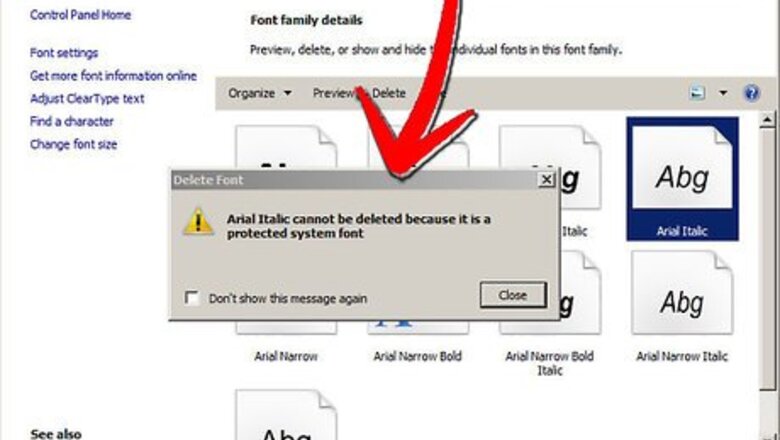
views
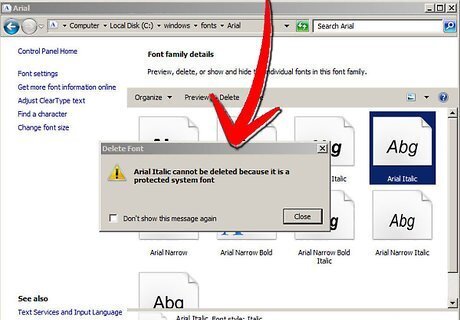
Determine if the font actually is a Protected System Font. Go to C:\Windows\Fonts (or Start Menu → Control Panel → Appearance and Personalization → Fonts), right click on a font, and select "Delete". If the font is protected, you will receive an error message saying "[X] is a Protected System Font and cannot be deleted."
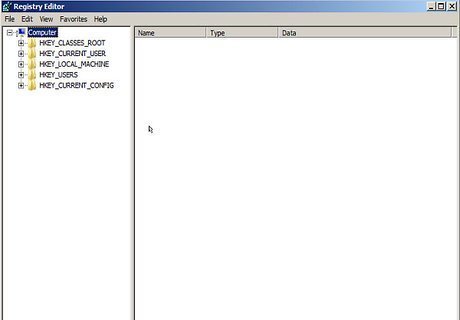
Open the Registry Editor. Type "regedit" into the Start menu and press enter. Click "Yes" on the security warning.
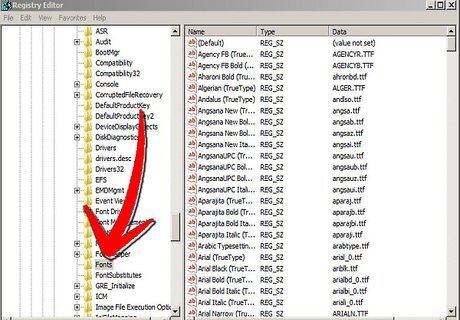
On the left side of the Editor, open the folders HKEY_LOCAL_MACHINE → Software → Microsoft → Windows NT → CurrentVersion → Fonts.
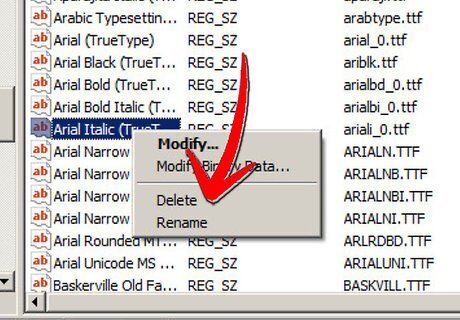
On the right side of the window, select the fonts you want to delete, right click on them and select "Delete".

Open any program in which you can change the font. If your unwanted font is still there (meaning Windows really doesn't want you to delete it), you will need to follow these next steps.
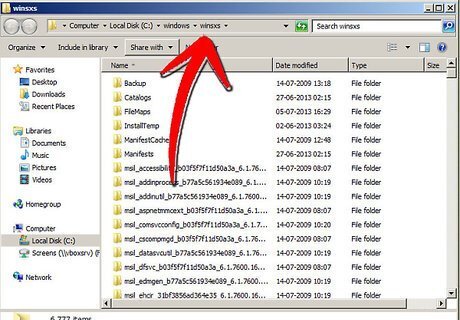
Go to the folder C:\Windows\winsxs.
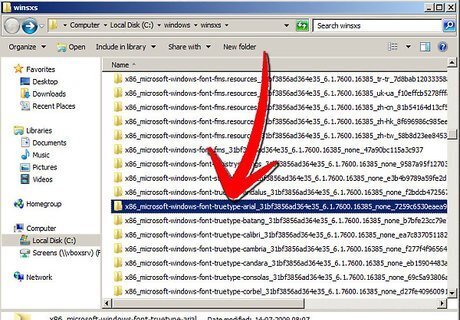
Scroll about a fifth of the way down the long list of folders, and you should see a series of folders beginning with "amd64_microsoft-windows-font-truetype-[x]", where [x] is the name of a font. These folders are where Windows stores backup copies of the fonts it doesn't want you to delete.
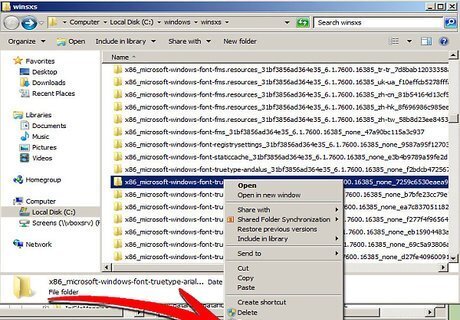
Right click on the folder containing the font you want to delete and select "Properties". If you try to delete the folder or a font in it now, you will receive an error message saying you need permission from "TrustedInstaller" to perform the action. What you need to do instead is declare yourself the owner of the folder and then give yourself permission to edit it.

Click the "Security" tab and click the "Advanced" button at the bottom of the window.
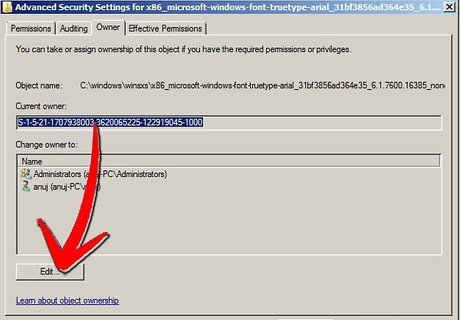
Click the "Owner" tab in the resulting window, then click "Edit". You will see that the folder's current owner is TrustedInstaller.
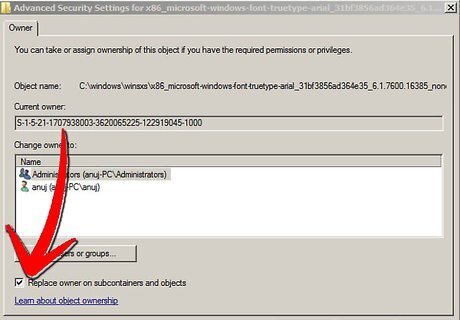
In the new window, click on either "Administrators" or the name of your account, check the box next to "Replace owner on subcontainers and objects," and click OK.
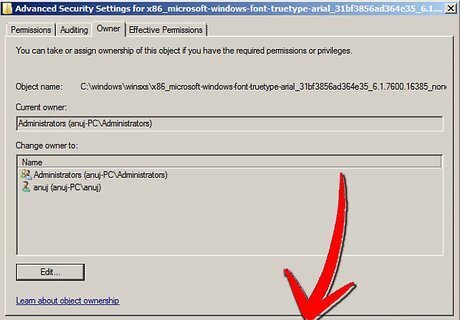
Click OK on all the other Properties windows you opened to get out of them.
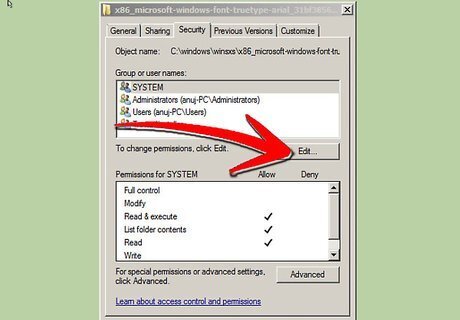
Open the folder's properties again (right click on it and select "Properties"), click the "Security" tab, and click "Edit".

Select the account you chose in step 11, check the box under "Full control", and click "OK". You are now the owner of the folder and the font file within it.

Exit the Properties window.
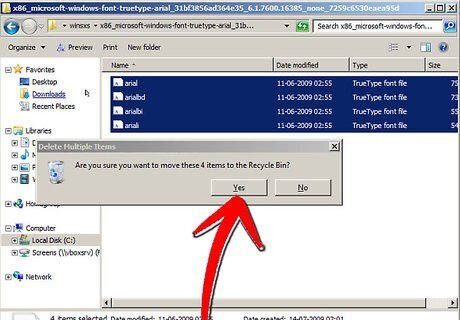
Delete the font file first, then delete the folder. If you try the other way around, Windows will tell you the folder is open in another program, even if you have no other programs running.

Go into the Registry Editor again and delete the font's entry. Refer to steps 2-4.
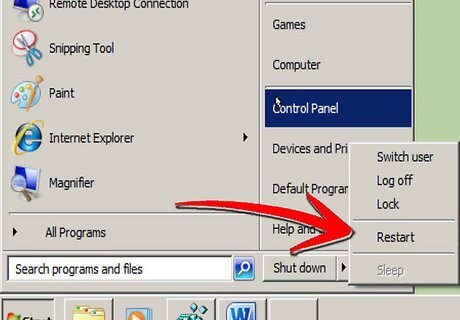
Restart your computer. The font will no longer be available in any programs, meaning it is gone unless you re-install it. If you do re-install the font, you will be able to delete it whenever you wish.




















Comments
0 comment